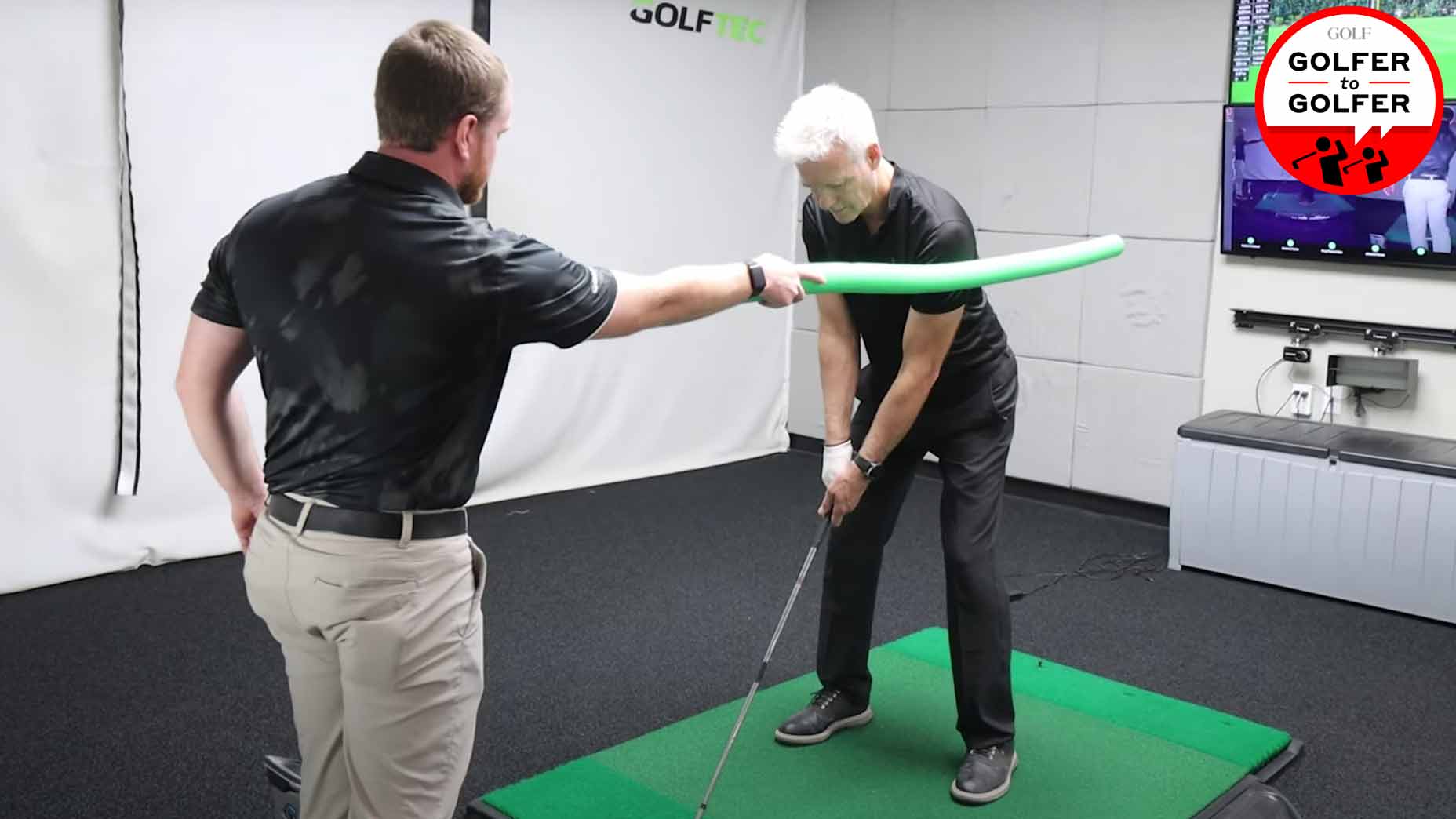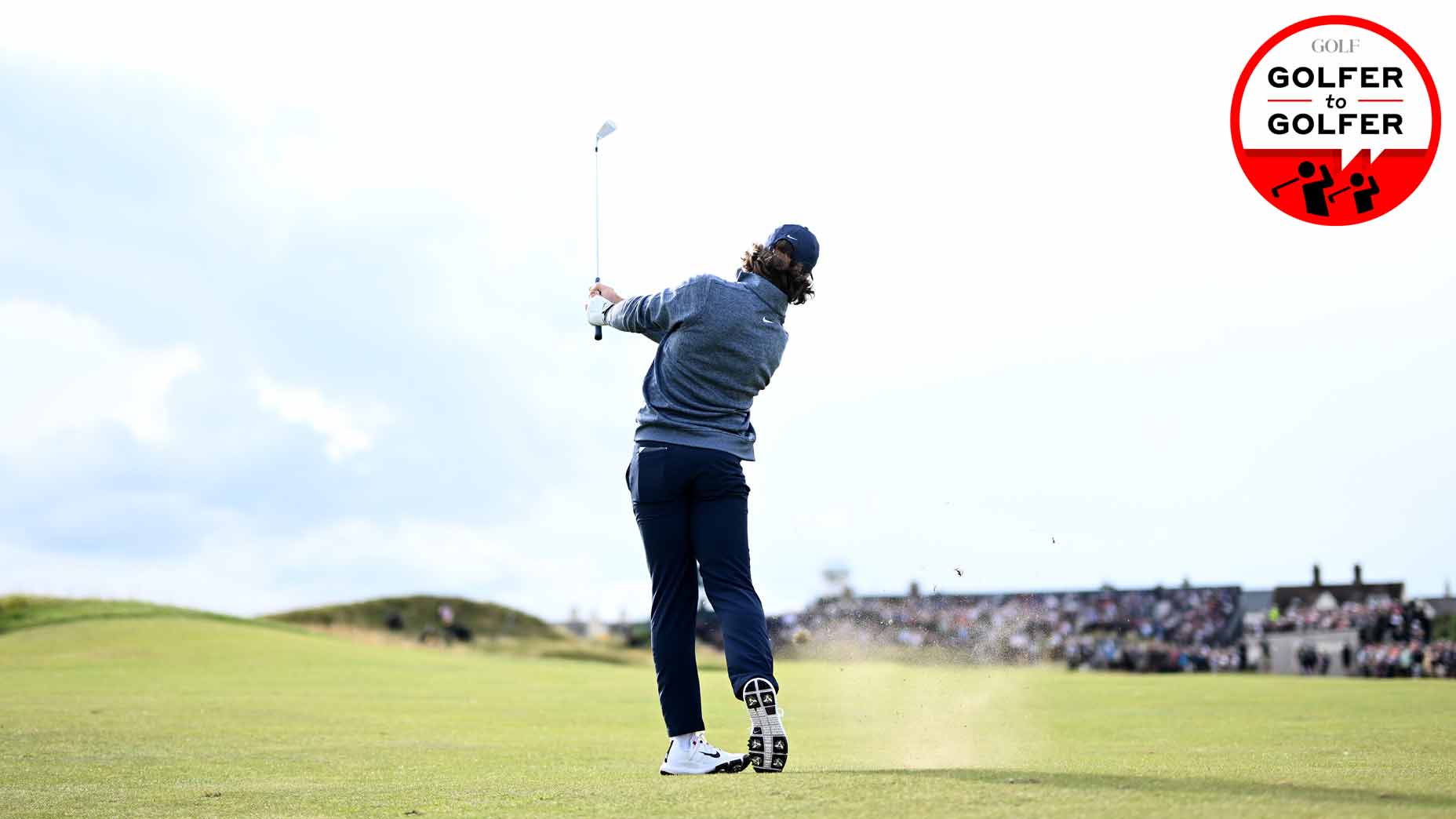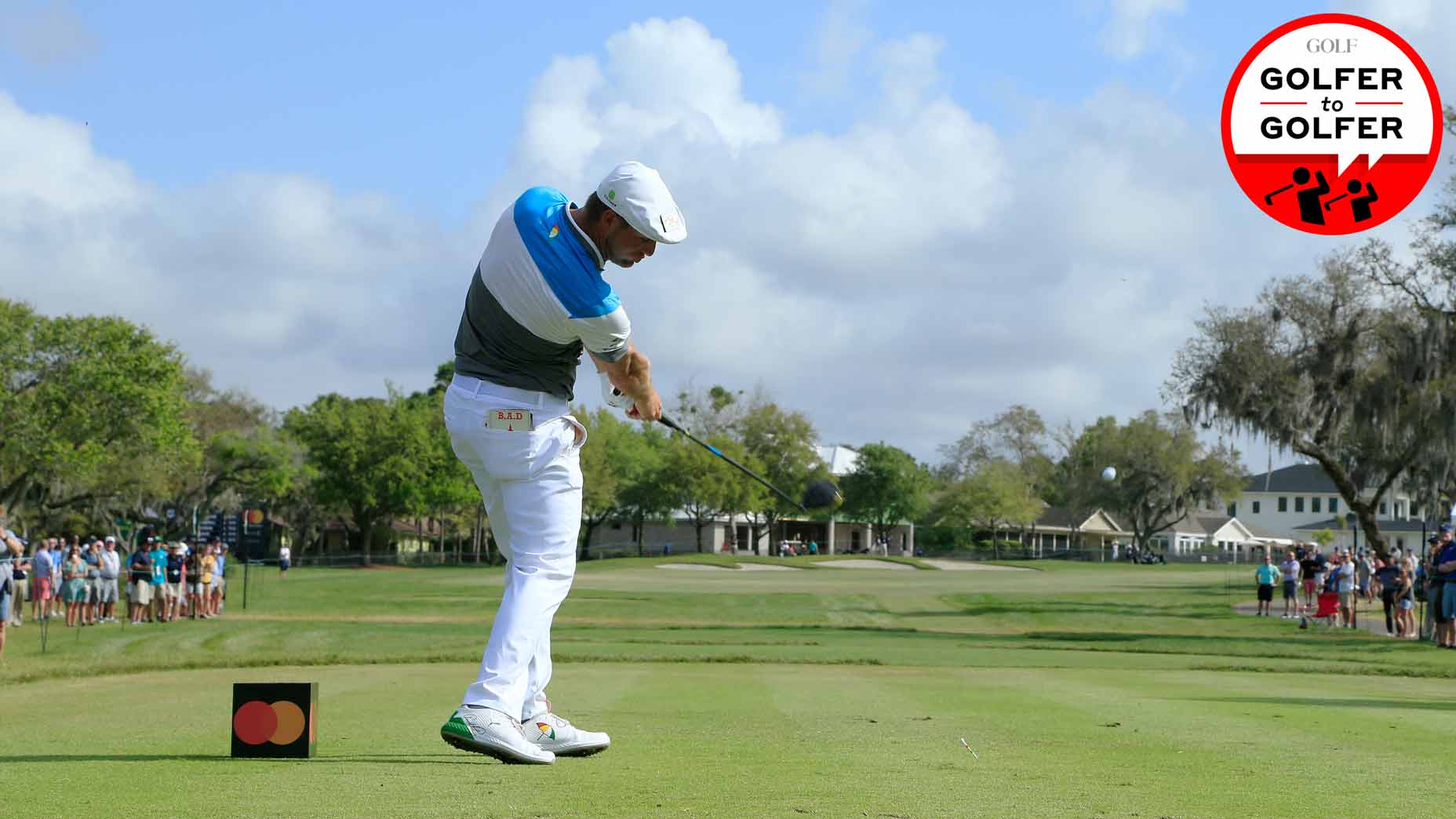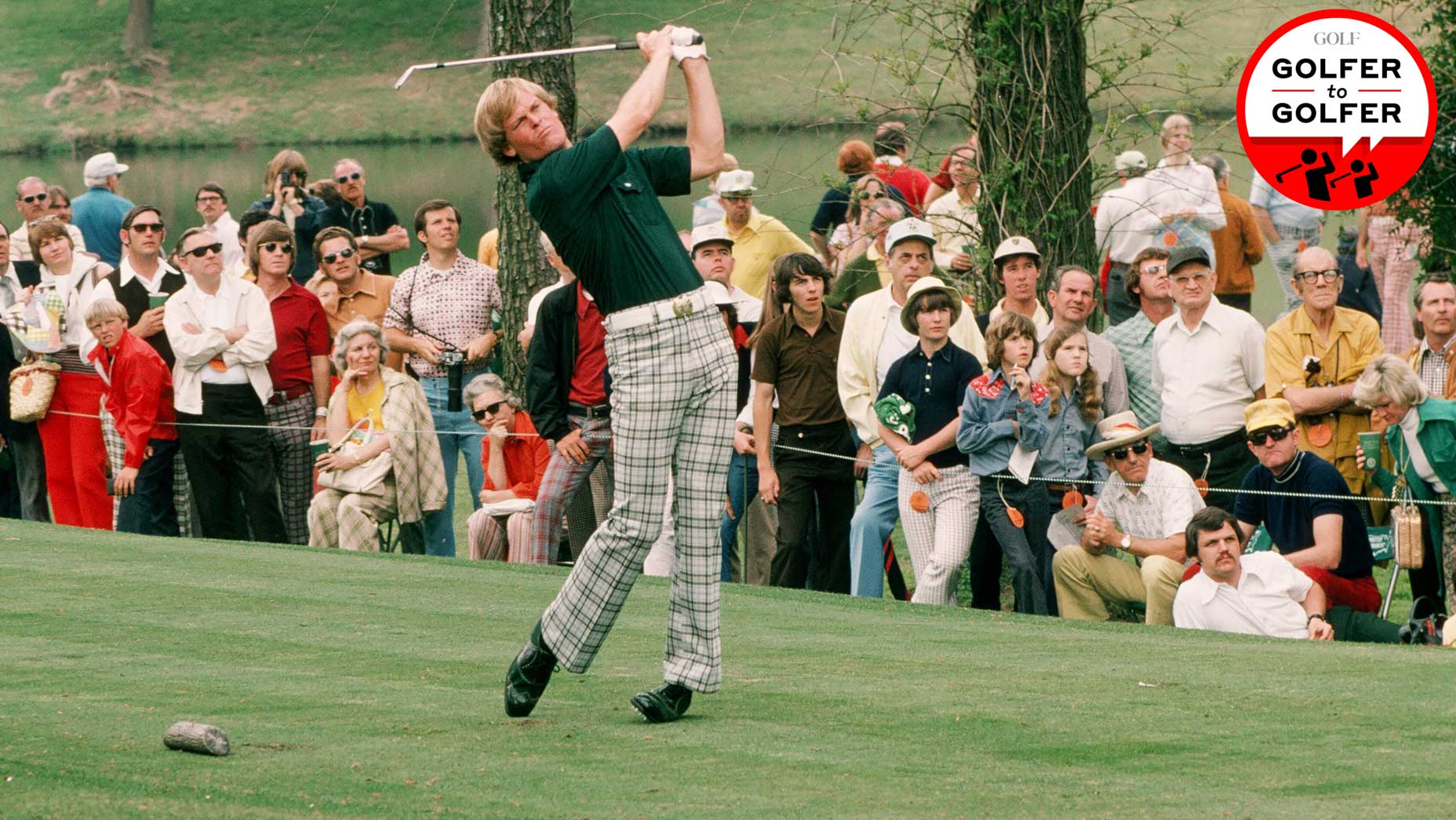Welcome to our new series, golfer-to-golfer, where we try to learn from all different kinds of avid players out there, in hopes that the rest of us can take away something that might improve our own games.
A slice is one of the most common misses for recreational golfers. For whatever reason, the average player will struggle with a slice at some point or another in their golf journey. It’s a maddening ailment and some players never rid themselves of the miss.
But a slice does not have to define your game. With a little bit of practice (or a well-timed lesson) you can turn the slice of your nightmares into the power fade of your dreams, transforming your potential and making golf more enjoyable than ever.
In today’s edition of golfer-to-golfer, we take a look at a player who struggles with a habitual slice — and how he fixed the miss with just one lesson.
As Fredrik Lindblom explains at the beginning of the video, his father’s golf game is a little rusty. What does that look like exactly? For the elder Lindblom, it means struggles with a nasty slice.
To cure the issue, Fredrik gifts his father a swing evaluation at GOLFTEC. And in just one hour, they pinpoin the root of the problem and help fix the issue.
How this golfer fixed his slice
Like any good instructor, the first thing instructor Xander Walsh does is diagnose the root of Lindblom’s issues.
“We’re just going to diagnose why you have those problems,” Walsh says. “We’re just gonna break your swing down and compare you to a Tour player.”

Srixon ZX5 Mk II Driver
The first issue Walsh points out is that Lindblom does not get enough turn and depth in his swing. When his right arm gets to parallel, his shoulders have not turned back enough, and his hands are not deep enough as well. The difference in shoulder turn between Lindblom and a Tour player is about 14 degrees at this position. With this limited turn and depth in the backswing, Lindblom struggled to get the path on an in-to-out path.
To help encourage a bigger turn, Walsh enlists the help of GOLFTEC’s OptiMotion technology. He sets a parameter of 77 degrees of shoulder turn, which triggers a chime when Lindblom makes a big enough turn. In addition, Walsh sets a pool noodle on the ground outside the ball, and holds up a pool noodle behind Lindblom to encourage a flatter and deeper swing plane.
“You’re going to feel like your left hip, first move back, is going to go straight back,” Walsh says. “You can’t do it too much.”
With these new swing thoughts, Lindblom saw immediate improvement in his shoulder turn numbers. Plus, with a bigger shoulder turn, Lindblom’s clubpath began to shallow out and helped him create an in-to-out path.
By the end of the swing evaluation, Lindblom’s swing looked better than ever — and his slice was gone for good.










